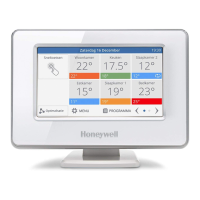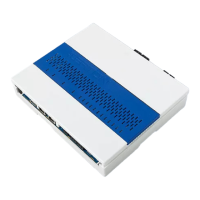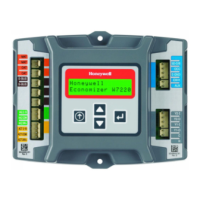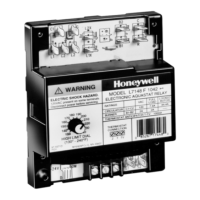PNEUMATIC CONTROL FUNDAMENTALS
ENGINEERING MANUAL OF AUTOMATIC CONTROL
80
C2354
REVERSING
RELAY
DA ROOM
THERMOSTAT
M B
N.C. HEATING
VALVE
EXH
P
M
E
B
M
M
CAPACITY RELAY
The capacity relay is a direct-acting relay that isolates an
input and repeats the input pressure with a higher capacity
output. Figure 42 shows a capacity relay enabling a single
bleed-type thermostat to operate multiple damper actuators
quickly by increasing the output capacity of the thermostat.
C2366
ROOM
THERMOSTAT
M B
B
M
P
POSITIVE-
POSITIONING
RELAY
INTERNAL
FEEDBACK
SPRING
VALVE
VALVE
ACTUATOR
ROOM
THERMOSTAT
DAMPER
ACTUATOR
DAMPER
B
M
P
POSITIVE-
POSITIONING
RELAY
FEEDBACK
SPRING
M B
M
M
Fig. 42. Typical Capacity Relay Application.
REVERSING RELAY
The reversing relay is a modulating relay with an output
that decreases at a one-to-one ratio as the input signal increases.
Figure 43 shows a reversing relay application. A falling
temperature at the direct-acting thermostat causes the
branchline pressure to decrease. The reversing relay branch
pressure increases and opens the normally closed heating valve.
POSITIVE-POSITIONING RELAY
The positive-positioning relay (Fig. 44) mounts directly on
a valve or damper actuator. The relay positions the valve or
damper precisely according to the branchline pressure from a
thermostat or other controller, regardless of the load variations
affecting the valve stem or damper shaft. The relay is typically
used for large actuators for sequencing, or in applications
requiring precise control.
Fig. 44. Positive-Positioning Relay
with Damper and Valve Actuators.
When the relay is connected to an actuator, the feedback
spring produces a force proportional to the actual valve or
damper position. The relay positions the actuator in proportion
to the branchline input. If the connected load attempts to
unbalance the required valve stem position, the relay either
exhausts or applies main pressure to the actuator to correct the
condition. If the valve or damper sticks or the load prevents
proper positioning, the relay can apply the pressure required
(up to full main pressure) or down to zero to correct the
condition.
The positive-positioning relay also permits sequenced
operation of multiple control valves or dampers from a single
thermostat or controller. For example, a normally open heating
valve and a normally closed outdoor air damper could be
controlled from a single thermostat piloting relays on two
actuators. Relays typically have a 3, 5, or 10 psi input pressure
span and an adjustable start pressure. As the space temperature
rises into the low end of the thermostat throttling range, the
heating valve positioner starts to close the valve.
AVERAGING RELAY
The averaging relay is a direct-acting, three-port relay used
in applications that require the average of two input pressures
to supply a controller input or to operate a controlled device
directly.
Fig. 43. Reversing Relay Application.
BLEED-TYPE
THERMOSTAT
DAMPER
ACTUATOR
CAPACITY
RELAY
C2365
DAMPER
ACTUATOR
DAMPER
ACTUATOR
M
P
B
E
EXH
M
M

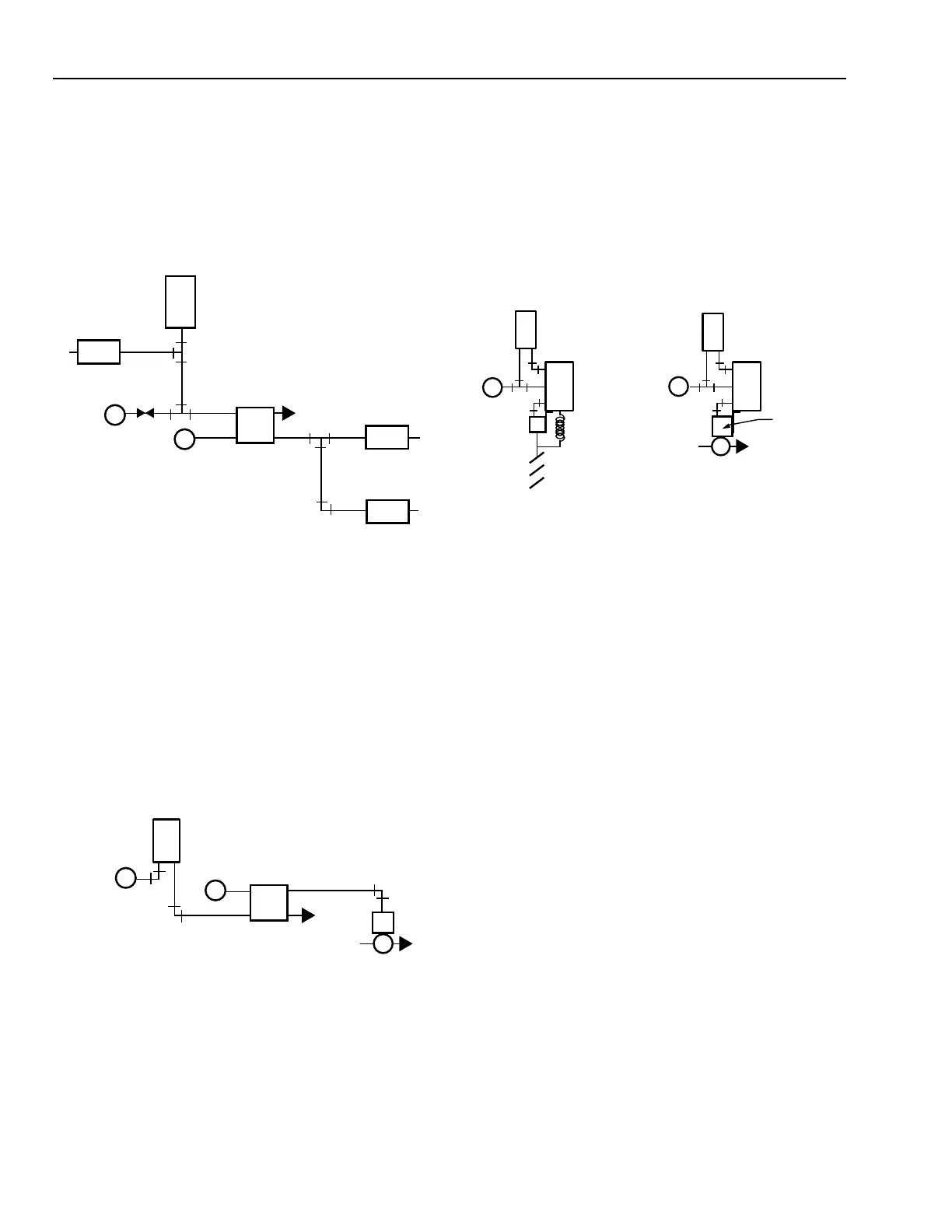